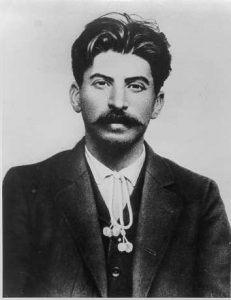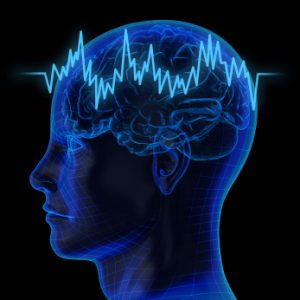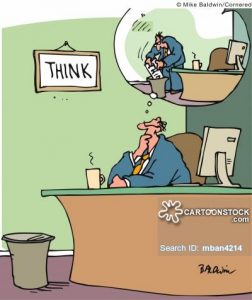Quick recap: After 400 years of slavery in Egypt, God led the tribes of Israel into freedom using Moses as His prophet. Crossing the Red Sea, receiving bread from heaven, and being built into a nation at Mount Sinai has greatly changed the Hebrew people, but the older generation’s lack of faith dooms them to forty years in the wilderness. Now within sight of the Holy Land, Moses has departed from the world and the conquest of Canaan will soon commence under Joshua, son of Nun, of the tribe of Ephraim.
Even though Joshua has been a leader of Israel all through the wilderness wanderings, he is now faced with the greatest challenge of his life: after so many years as Moses’ protege, he is now nominal leader over Israel. He has led Israel’s soldiers many times, but ruling a nation must seem especially daunting; no doubt Joshua questions whether he is capable or worthy of filling Moses’ sandals. The Israelites must be questioning as well – at the brink of crossing, the greatest prophet of God is gone. What does this mean for Israel’s future? Will God keep His promise? Will He continue forward with them?
In this time of transition, God comes to Joshua and delivers a two-fold message – part of it is for him personally, and part will be shared with the nation.
v.1-9
God comes to Joshua and has a pep-talk with him; the first thing He says is the go-ahead for Israel to move into Canaan. God assures Joshua that His promise to give Israel the land still holds true, even laying out the specific boundaries. Verses 5 through 9 are God’s personal message to Joshua – all of Israel will look to him as an example, and God is telling Joshua exactly what he needs to be that example. Three times, Gods tells Joshua to be strong and of good courage (doing the right thing out of faith, not fear)
v.10-11
Joshua relays the news to the people; unlike the previous generation (in Numbers 13 & 14) who rejected God’s word (TWICE), they are physically and spiritually ready to enter the land and subdue it. The time has come – move it out, Israel!
v.12-15
A special arrangement is made for the descendants of Reuben, Gad, and Manasseh who wish to settle the land on the Jordan’s eastern side. Their women and children will remain on the eastern land, but the men (of age to go to war) will proceed with the rest of Israel into Canaan. The implication seems to be that their families will be protected by God while they are away helping to provide a home for their fellow tribes of Israel.
v.16-18
The tribal leaders respond to Joshua; speaking on behalf of their families and clans, they pledge their support to Joshua. The two conditions they name: 1) God must be the driving force of Joshua’s leadership (as He was with Moses in the wilderness), 2) they encourage Joshua to be full of courage (reflecting God’s admonition to Joshua), so that he may lead them against the strong peoples of Canaan.
In Deuteronomy 32:44 and 34:9, we are told that Moses helped to prepare both Joshua and Israel for this moment; Moses has passed the mantle of leadership to Joshua, and God confirms that His presence rests with Joshua. The nation and Joshua are now ready; let’s move it out, Israel – Canaan awaits!


































